PILOTS: Part II
(Last updated: 03.05.15 - Jim Glazebrook)
Here's the second list of WWII 206 Squadron Pilots, click on their photograph for their story...
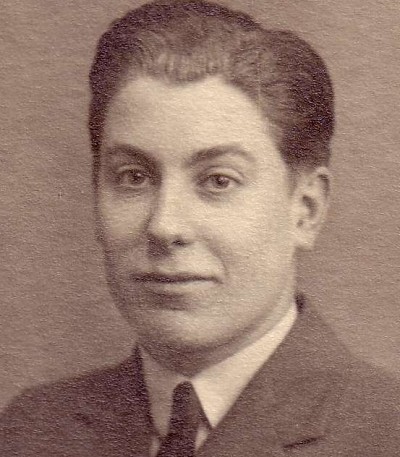
John F Bendix (P/O) by John Gregory (Mar 2009)
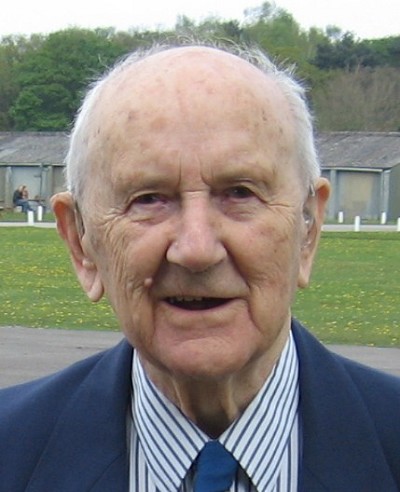
Jim Glazebrook (F/Lt) DFC by Jim (Apr 2009)

John Waterman (P/O) by Adrian Lee (Nov 2009)
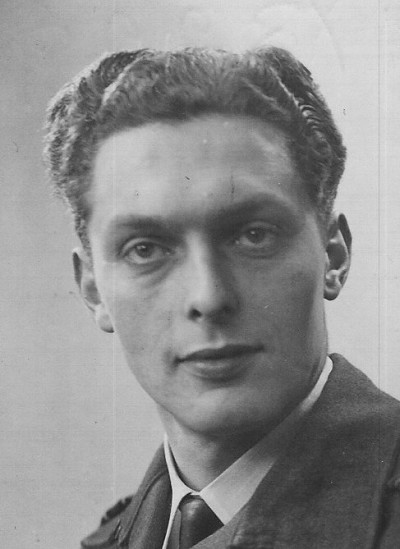
John Leonard Gullen (F/Lt) by Roger Gullen (Feb 2010)
John F Bendix
Rank: Pilot Officer
Number: 42737
Joined 206: ??/??/1941
Flew with Ken: 0 times
Born: 19/06/1921
Died: 01/07/1941
John Gregory contacted me in February 2008 by leaving a note on the Guest Book. Within a couple of email exchanges we had established a link to 206 Squadron and John provided a number of interesting photographs and letters.
In June 2010 John contacted me again with information on the German Major that is believed to have shot John's Hudson down on the 1st July 1941, details can be found further down.
P/O John Bendix
Service Number: 42737

John Bendix was a brother to Gertrude Bendix who is John Gregory's mother, he also had two step sisters. Gertrude was 4 years younger than her brother John and she qualified as a nurse during WWII serving at Middlesex hospital looking after wounded soldiers. It was there that she met her future husband who had lost an eye when the firing mechanism in his rifle exploded while he was on duty in Belgium, they married in 1948.
John Bendix's family were originally from Germany and had come over to England in the 1870's, John's father Frederick Ernest Bendix and Frederick's 3 brothers all fought against Germany in WWI.
John learnt to fly at No. 19 E & R Flying Training School, Gatwick having left Forest School in London in 1938. He was only 18 by the time he had got his licence to fly along with a competency certificate on the 31.08.1939 from the Air Ministry, he was made an RAF Officer just months later on the 23.10.1939.
Licence
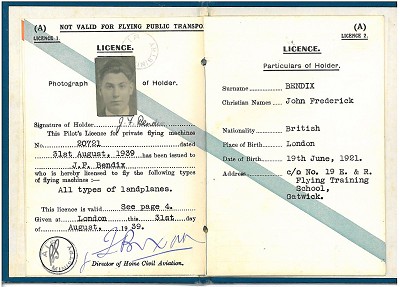
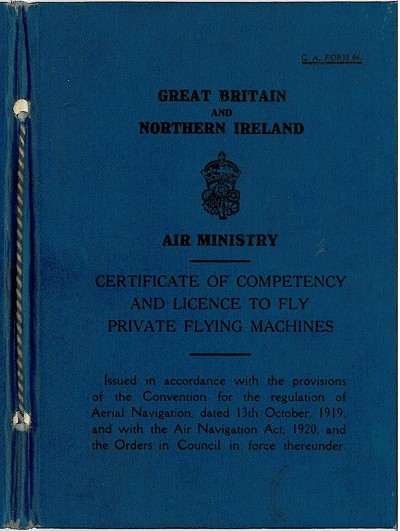
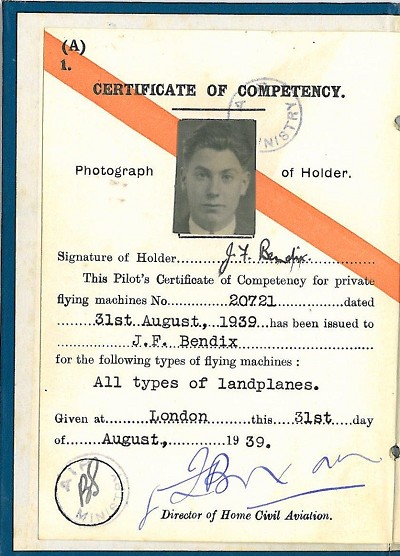
John was stationed for a time at Shawbury, Shrewsbury around Christmas 1940 as he sent a Christmas card from there. This photograph is of a number of pilots but we're not sure where it was taken.
John Bendix and Pilots
John is on the front row, 1st on the left
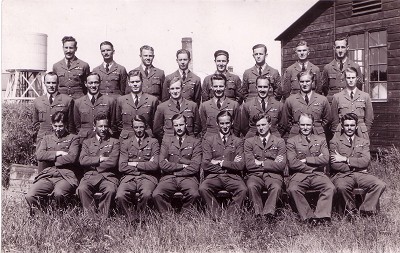
Missing In Action
1st July 1941
We know that John was stationed at St Eval with 206 Squadron in early 1941, unfortunately John was reported missing in action on the 01.07.1941 while out on a patrol in Hudson AE609.
Here are John's crew members from that day...
- P/O John Bendix
- P/O Ian Maxwell Strachan (aged 23)
- Sgt Douglas Harry Smith (aged 20)
- Sgt John Fulford Smith
There are numerous letters and telegrams relating to the incident along with a letter that he wrote to his parents on the 09.06.1941 just 3 weeks before he flew his final patrol, see below.
The second letter that was signed by Wing Commander Hards states he believed that John was likely to have been shot down by enemy fighters in the vicinity of the Brest Peninsular. This fact is supported by an account of German Luftwaffe Pilot, Major Wilhelm Schmitter which is also below.
Telegram

First Letter from 206 Squadron

Second Letter from 206 Squadron

German Luftwaffe Pilot
It is believed that the German Luftwaffe pilot responsible for shooting down John's Hudson was Major Wilhelm Schmitter. At the time Wilhelm Schmitter was flying in a Heinkel He 111, he had taken off at 04:14 hrs from their base in Bordeaux-Merignac to undertake a long range reconnaissance and weather collecting mission into the North Atlantic. Their mission took them just west of Ireland and on their return to base they encountered John Bendix Hudson in the vicinity of the Brest Peninsular.
Major Wilhelm Schmitter was later shot down by Squadron Leader W.H.Maguire DFC and Wireless Op/Air Gunner Flying Oficer W.D.Jones in a Mosquito Mk XII of 85 Squadron on the 9th November 1943.
Major Wilhelm Schmitter
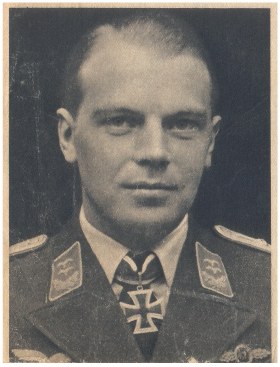
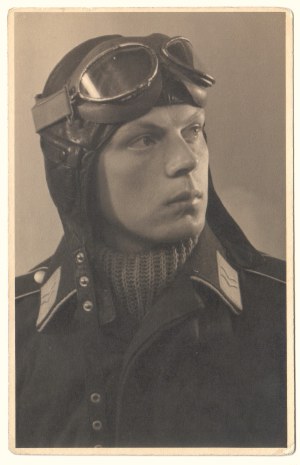
Major Wilhelm Schmitter was awarded the Knights Cross of the Iron Cross with Oakleaves. Full details of his history can be found on this website:
http://aufhimmelzuhause.com/id101.htm
John Bendix Medals
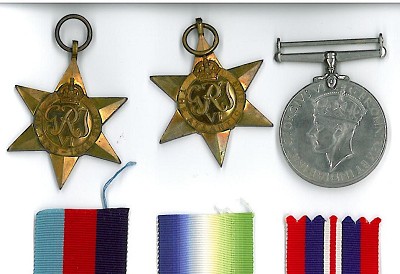
As Ken (Grandad)joined 206 Squadron on 10.08.1941 he missed John by just over a month.
Jim Glazebrook DFC
Rank: Flight Lieutenant
Number: 184680
Joined 206: 21/08/1943
Flew with Ken: 0 times
Born: 11/01/1920
Died: 08/02/2014
Jim sadly passed away at 4am on Saturday 8th February 2014, to use his own words, he's"Gone Home". He was a special friend to me. Having never known my Grandad, on occasion it did feel like Jim took that place. You will be truly missed Jim!
In April 2015 the 206 Squadron Association: Derek Straw provided the following 2 photographs of a memorial medal case containing Jim's logbook and medals situated in 206 Squadron's current airbase. A fitting tribute!
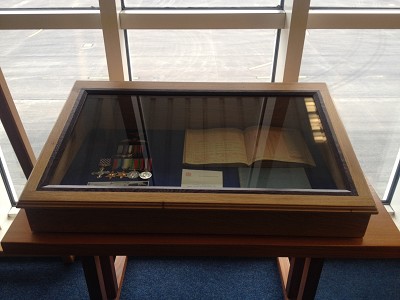
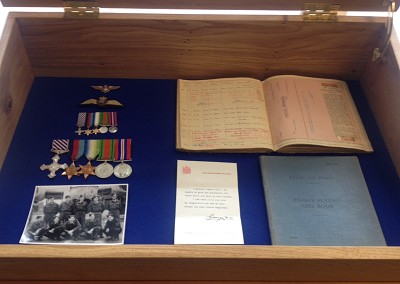
I first came across Jim's name whenreading the 206 Squadron History book 'Naught Escape Us' by Peter Gunn. In March 2008 I found a message left on my guest book from Don Stephens stating he was in contact with Jim which prompted me to write to him. Having written a couple of letters and paying a visit to Jim and his wife Betty in November 2008 and April 2009 I'm able to include the following write up.
F/Lt Jim Glazebrook DFC & his wife Betty
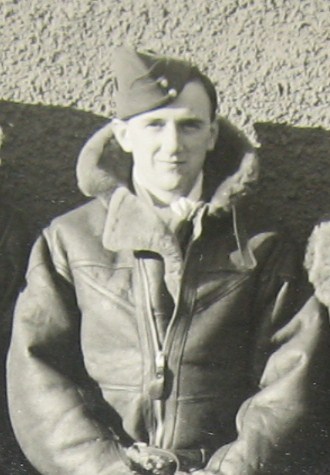
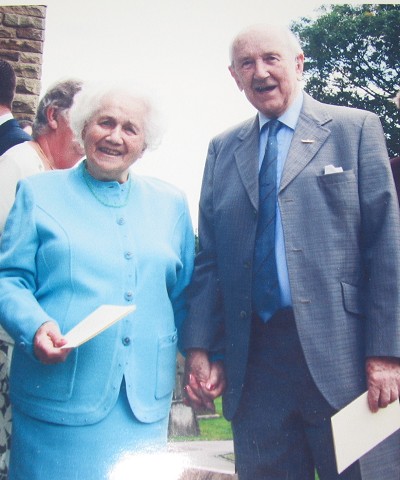
- 05/05/41: Signed up to the RAF
- 18/08/41: Called up by the RAF
- 01/11/41: Promoted to LAC
- 26/11/42: Promoted to Sgt
- 26/11/43: Promoted to F/Sgt
- 12/08/44: Promoted to F/O
- 21/08/43: Joined 206 Squadron
- 14/01/44: Left for the Azores to join up with 206 Squadron
- 1945: Awarded the DFC
Jim has some fantastic stories that he has captured within his excellent book 'Someone to Watch Over Me', written about his time prior to joining the RAF, through his extensive training, into his 206 Squadron operations and then onto post war activities.
The highlights for me were reading about the different people and the operations, Jim built relationships with many different people like Miss Kathlyn Monroe (Aunt Katie) and John Johnston an Irishman who was Jim's Navigator. There are great accounts that cover 206 operations such as Jim's attack on U-boat U-575 on 12/13 March 1944 and later in Leuchars dealing with the awful weather conditions that caused some near misses.
Jim's Logbook & his book 'Some to Watch Over Me'
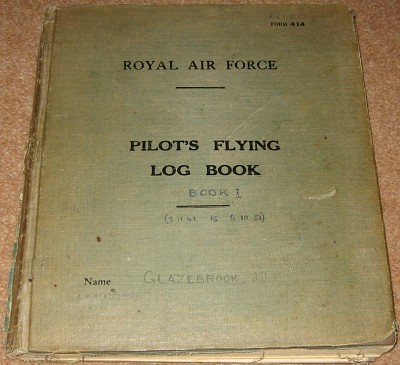
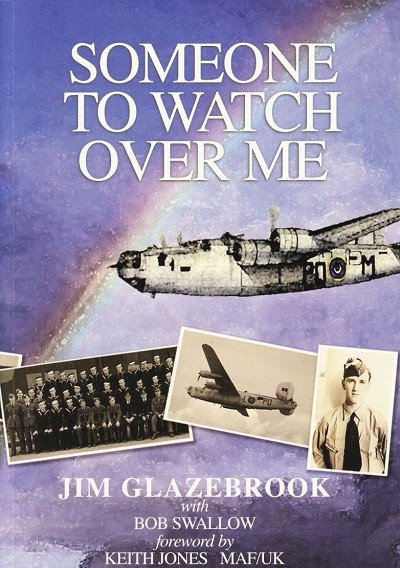
Here's the write-up taken from the back of 'Someone to Watch Over Me'
"Jim Glazebrook DFC is one of those quiet men of faith and courage whose life, when examined, turns out to have been an extraordinary adventure. This short autobiography incorporating 68 photographs and a war history of 206 Squadron, tells the story of his love for God and of flying and how the two come together with the development of Mission Aviation Fellowship."
The following are short extracts I've taken from Jim's book along with some of the photographs I took on various visits.
RAF Training (1941)
In May 1941 I was called to one of the Oxford colleges to take psychological, medical and physical tests. After three days I was given a number and rank, sworn in and with the rest of the successful applicants sent back to our civilian jobs to await call-up… On the 18th August 1941 I reported to St John's Wood on the edge of Regents Park, London, where we were billeted in flats that were completed just prior to the outbreak of war and were yet unoccupied…. On the 1st November, 1941, together with six other members of our group, I arrived at No. 14 Elementary Flying Training School at Elmdon, now better know as Birmingham International Airport… My first flight with PO Andrews was on 3rd November, a gentle twenty minute exercise entitled "Air experience and familiarity with cockpit layout".
Overseas Training - USA (1942)
On 2nd March a group of us set off, by train again, on a two-day journey through Canada via Montreal, Toronto and Windsor, Ontario, and then into the USA at Detroit. Our destination was the U.S Naval Reserve Air Base on Grosse Ile in the Detroit River….Those of us who survived the "elimination course" next took a three day train journey to Pensacola via Toledo, Cincinnati, (Ohio), Louiseville, Nashville (Kentucky), Birmingham and Montgomery (Alabama). Here in my case for the third time, we were treated as though we had just arrived off the street having six weeks of ground school before "initial instruction" and then going solo for the third time, again in N3N. That was on 2nd July 1942. I was seriously wondering whether I should ever get into the war in Europe.
Overseas Training - Canada and the Bahamas
I was now a qualified pilot, but, alas, not finished with training…In the early part of the war, the Coastal Command flying boat squadrons did not have separate navigators. A flying boat on patrol would have three pilots, one of which in turn would act as navigator, so we now also had to qualify as navigators. On Prince Edward Island I learned navigation aboard the mark 1 Anson, the undercarriage of which had to be wound up by hand… A month's course sufficed to qualify but then came a snag. We were told there were no immediate flying boat postings. If we wished to stay with flying boats, we could go back to the UK and wait for a posting (we had already waited two years!) Alternatively, the top ten from the examination results would be given the opportunity to go to the Bahamas to do operational training on Liberators. This was by now April 1943.
Jim Glazebrook - Bottom middle

206 Squadron in the Azores (1944)
By the time I arrived, we were billeted in Nissen Huts, situated on a hillside… Based alongside us was 220 Squadron, also equipped with Fortresses. Our ranks were further swelled by Detachments of Wellingtons, some fitted with Leigh Lights of which more anon, plus Hudson's and a couple of Spitfires….For the rest of the war I served 206 Squadron on anti-submarine operations… Searching for U-boats involved long weary hours of flying over the sea, twelve and a half hours being the standard patrol of our Fortresses. Often we had nothing to show for it, seeing only sea. Such patrols were however not wasted. The submarines of that time could not travel very far or at any speed under water. So, if the presence of a patrolling aircraft kept them submerged they were largely prevented from getting to where they might do their deadly work.
U-boat U-575 Attacked: 13.03.1944

Back to Liberators
…The older crews nearing the end of their current tour were absorbed into 220 Squadron, while the remainder, eight in number, were ordered to fly back to the UK… Shortly after the move to Leuchars I was given command of another crew, leaving my original one with David Beaty… My new crew contained five Australians: we all got on well, but one, Harry Hartwig, my second pilot, was to become a particular friend…
Jim's crew
Boorman - Nicholson - Glazebrook - Ellison - Angel
Riley - Hartwig - McLean - Smith
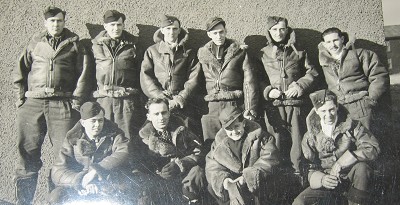
U-boat Attacked: 03.02.1945

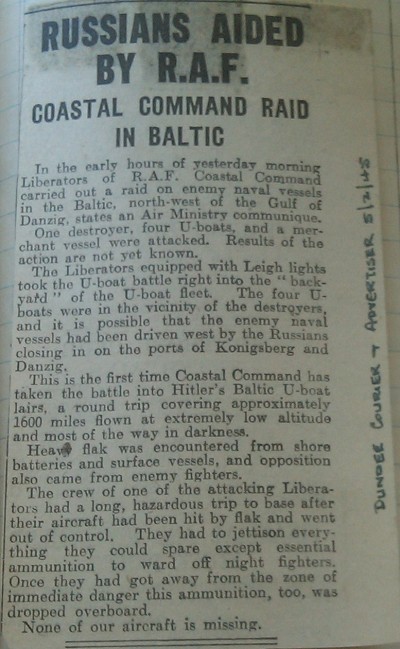
U-boat U-552 Escorted: 10.05.1945

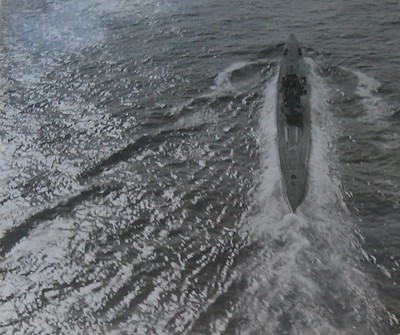
Jim's Medals
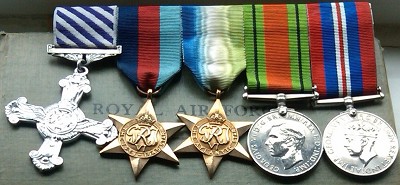
Jim's DFC
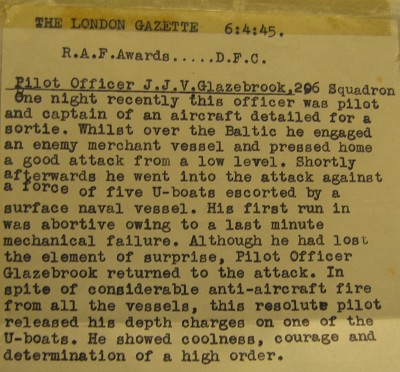
Links to Ken
Don Stephens, a friend of Jim's pointed out that Jim has flown in a number of the same Flying Fortresses as my Grandad had earlier on in the Squadron. On checking we found the following matches...
FL452 - Jim flew it on the 13th Dec 1943, Ken had flown this 5 times
FK190 - Jim flew it on the 31st Jan 1944, Ken had flown this 6 times
Photographs of these Fortresses can be found in the 'F/Lt Ken Bass' section in the 'Aircraft Flown' page
John Ross Waterman
Rank: Pilot Officer
Number: 83731
Joined 206: ??/??/194?
Flew with Ken: 0 times
Born: 15/08/1918
Died: 11/02/1941
I was contacted in October 2009 by Adrian Lee who was researching 'old boys' from Bancroft School in Essex. Adrian was aware that John had been with 206 Squadron at the time of his death on the 11th February 1941 and he provided me with the photographs in this section of John and Bancroft School. The photograph of John was from Bancroft's School 'Roll of Honour' book.
P/O John Waterman
15th August 1918 - 11th February 1941
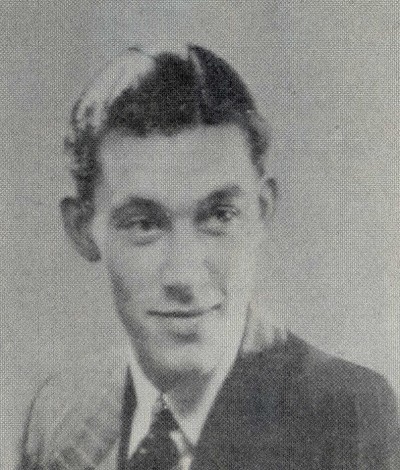
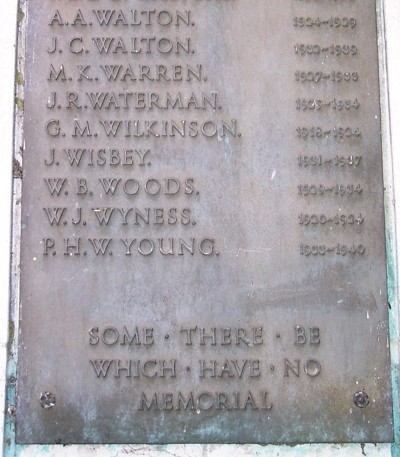
Bancroft School
Memorial Gates
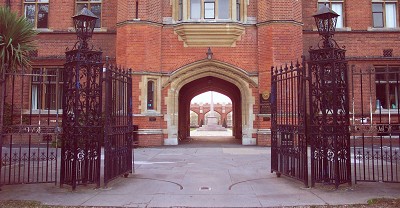
Investigation
John had died just 6 months before Ken (Grandad) joined 206 Squadron. I initially checked the Roll of Honour section within this site for the 11/2/41 which was when the Squadron were based at Bircham Newton. Sure enough John Waterman was listed, however, I didn't expect to find another 10 names with the same date. The men I have listed below all appeared on that date as either 'Missing' or 'Death Presumed'. I then checked the official archives for more information and I was able to group them into the following crews from the 11th February 1941.
Hudson T9350 'J'
- P/O M.A.G.Mason - 42417
- P/O J.R.Waterman - 83731
- Sgt J.Wallace - 638965
- Sgt A.J.Arnott - 639142
Hudson T9289
- Unknown
- Sgt J.Phillips - 742921
- Sgt J.H.Reed - 627136
- Sgt B.L.Apple - 621140
Hudson T9346
- Sgt R.B.Morris - 741251
- Sgt R.Tichener - 741126
- Sgt W.A.Bracher - 745338
- Sgt L.E.Sawyer - 620630
In the book 'RAF Coastal Command Losses Vol.1' by Ross McNeill it states that the Hudson John Waterman was in (T9350) took off from Bircham Newton at 21:03 hrs. Ran out of fuel at night on the return leg and was abandoned in fog off the coast of Caithness at 01:13hrs.
Adrian was also researching Maurice Warren who had attended Bancroft School as well. I decided to examine this in more detail and found several links to men that I had already written about within the Memoirs section, these links are as follows.
Pilot Maurice Warren
We know from Adrian, that John and Maurice both went to Bancroft School as we can see Warren is listed in the photograph of the memorial plaque above, but did they know each other in 206 Squadron? I found an entry in the official archives that have them flying as part of the same Hudson crew the day before John failed to return. That record is shown here.
206 Squadron record: 10th February 1941

WOp/AG Vic Reynolds
I was amazed to see that Sgt Reynolds is also listed as part of their crew, it's clear to see in the scan above. This is Sgt Vic Reynolds whose story is detailed within the 'Wireless Ops: Part I' page of the 'Memoirs' section.
Pilot John Bendix
I then spotted P/O Bendix who is listed on the same 206 Squadron record as flying a crew on the 11th February which was the day John Waterman failed to return. John Bendix' story is detailed in full above.
John Leonard Gullen
Rank: Flight Lieutenant
Number: ??
Joined 206: 01/10/1942
Flew with Ken: 0 times
Born: 23/05/1922
Died: 27/08/1994
I contacted Roger Gullen after I read a note he had left on the Guest Book in December 2009. Roger had found references and photographs of his father within the following 'Memoirs' pages
- Bill Blackwell - Wireless Operators: Part II
- John Rutherford - Navigators
John Gullen was also known as Len to his friends and parents and 'Lofty' to his RAF crew members.
John Leonard Gullen
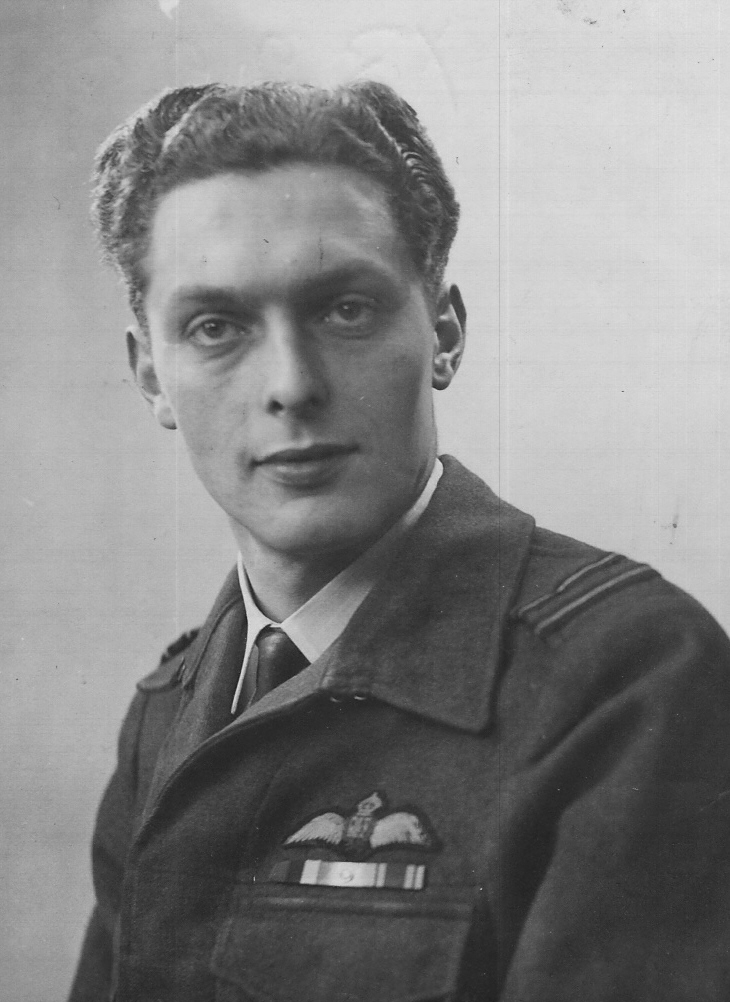
RAF Training
21st June 1941
Training No. 3 Squadron, St Andrews
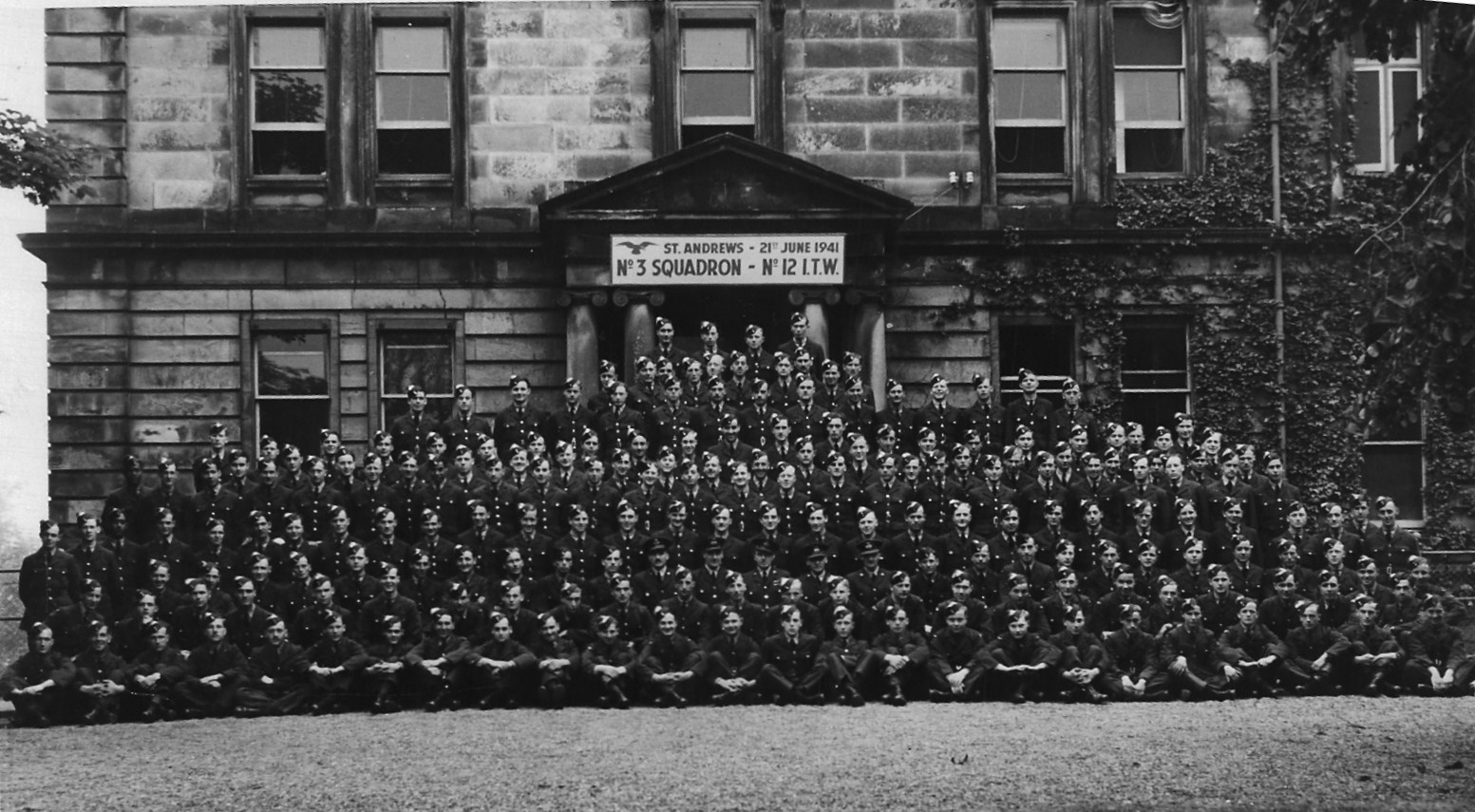
13th September 1941
Course 30, Squad 2
John Gullen back row 1st right
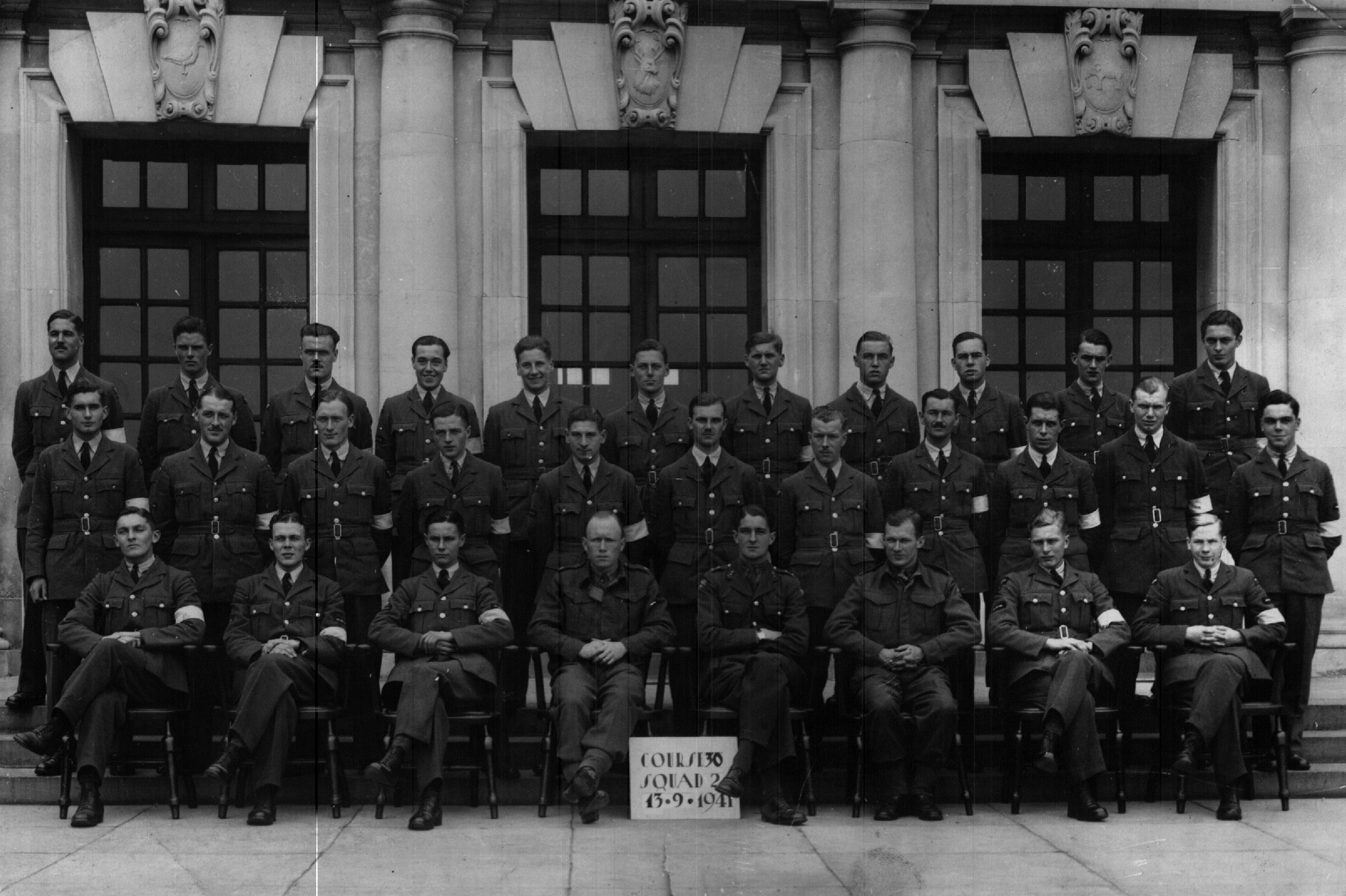
OTU Silloth
In front of a Lockheed Hudson
Rutherford - Harvey - Gullen - Clemson
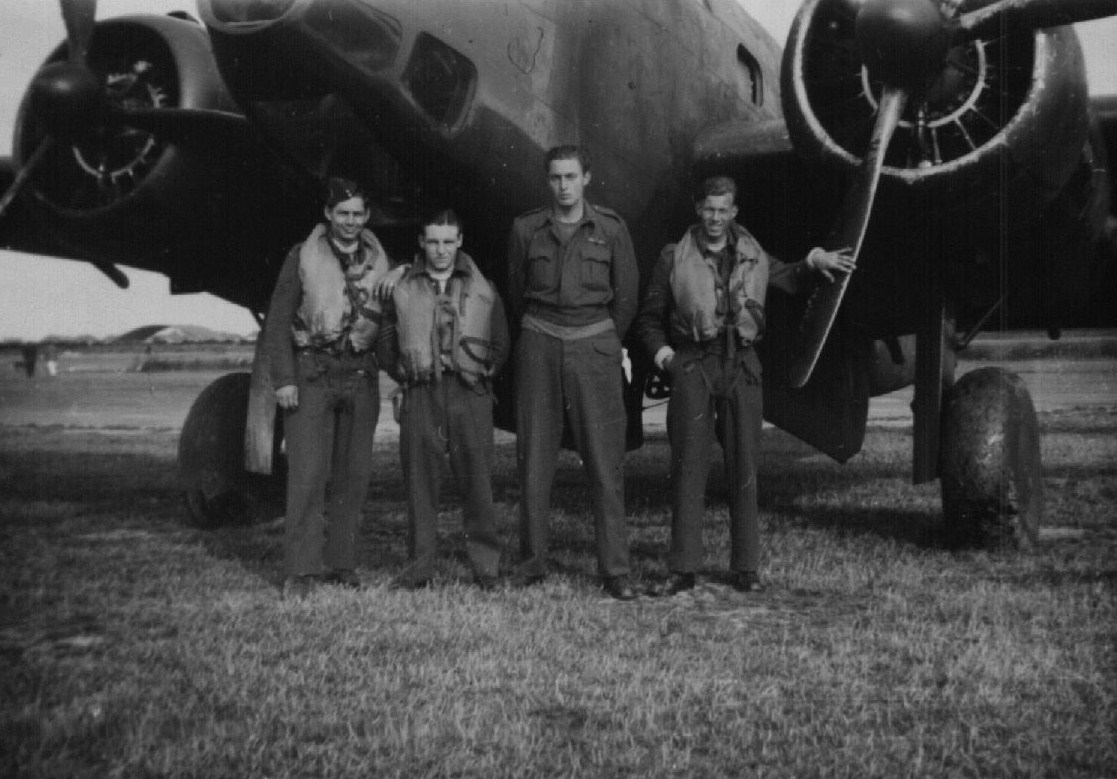
Harvey - Gullen - Rutherford - Clemson
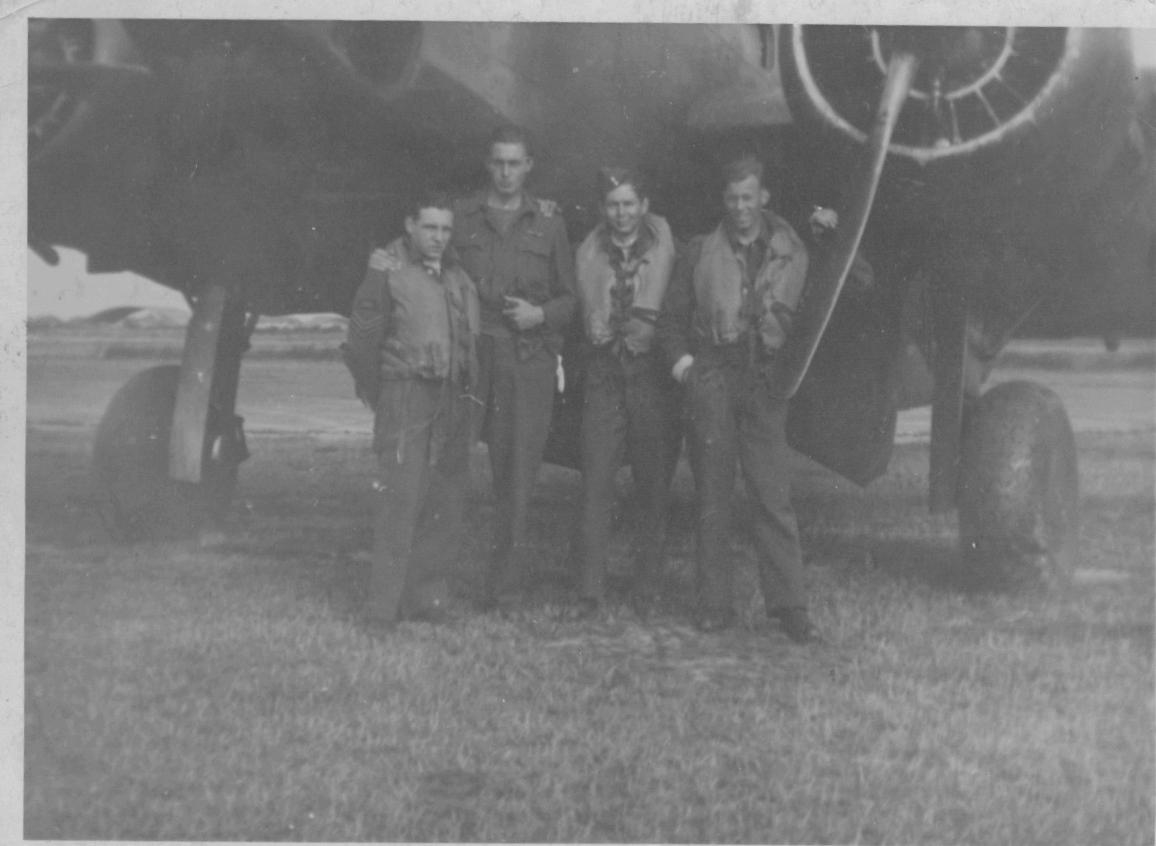
John Gullen - First row on the left
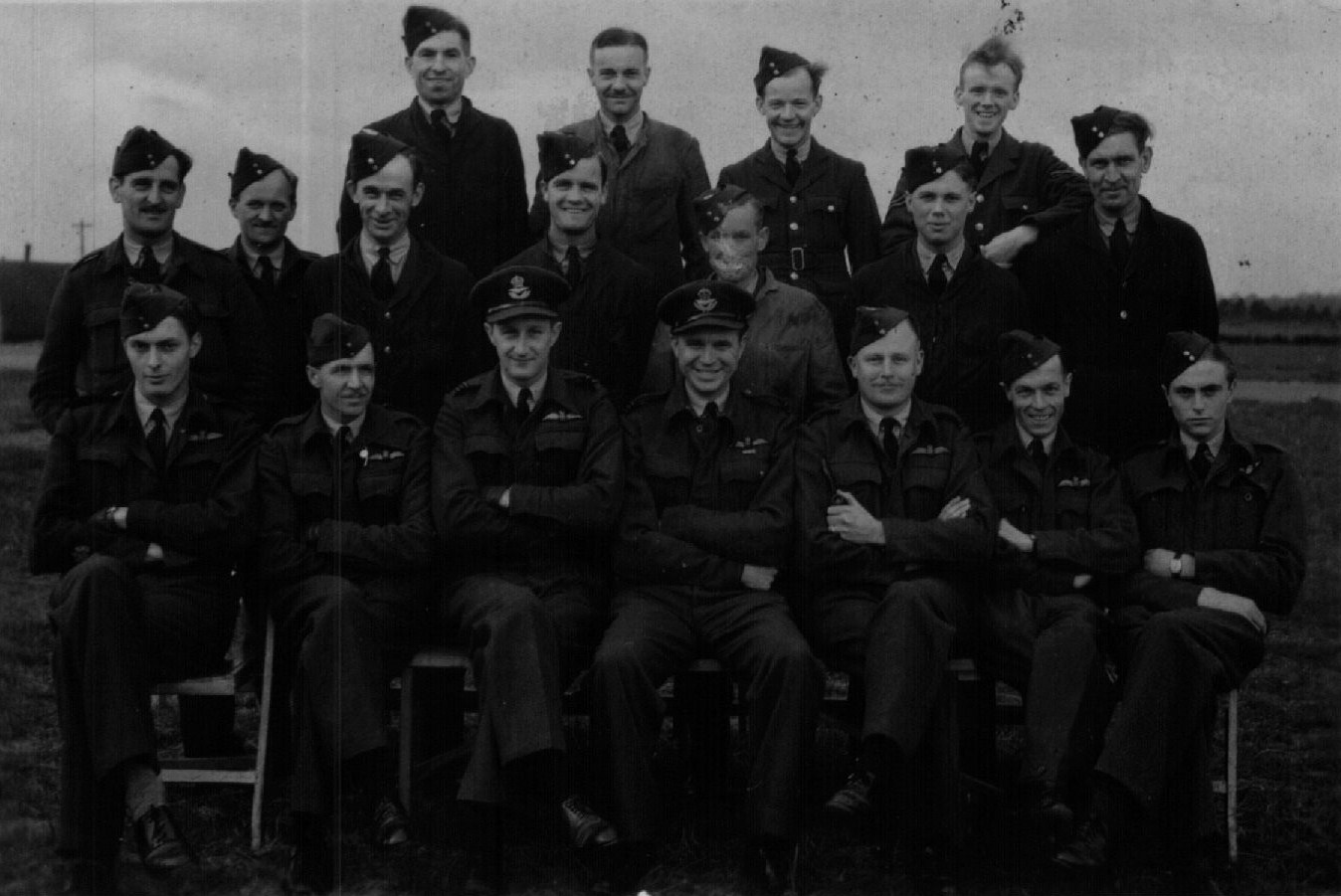
The following two photographs are from John Rutherford's memoir which is in the 'Navigators' section. It turns out they flew together in Silloth and then Benbecula in 206 Squadron.
Clemson - Harvey - Rutherford - Gullen
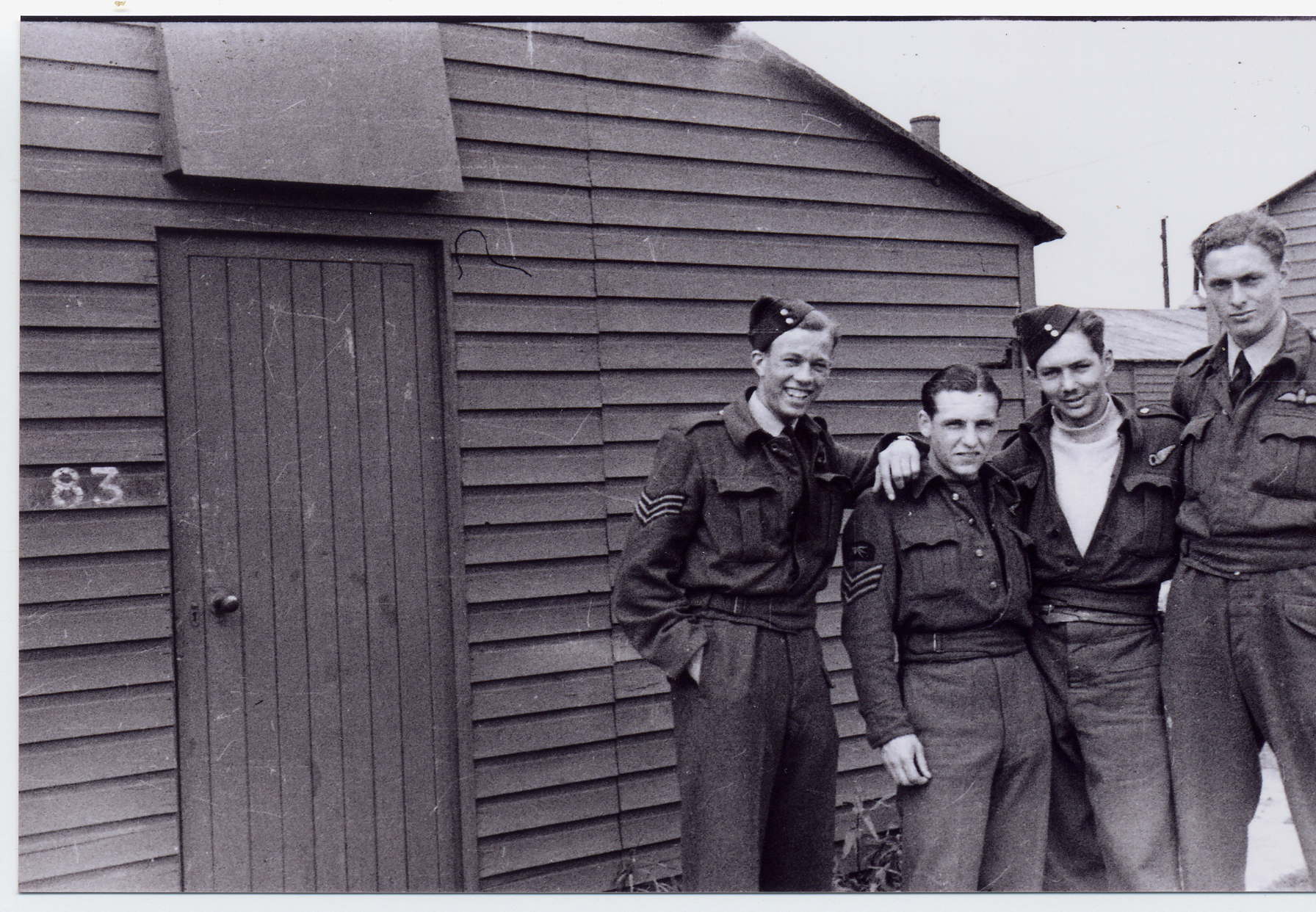
Clemson - Harvey - Gullen
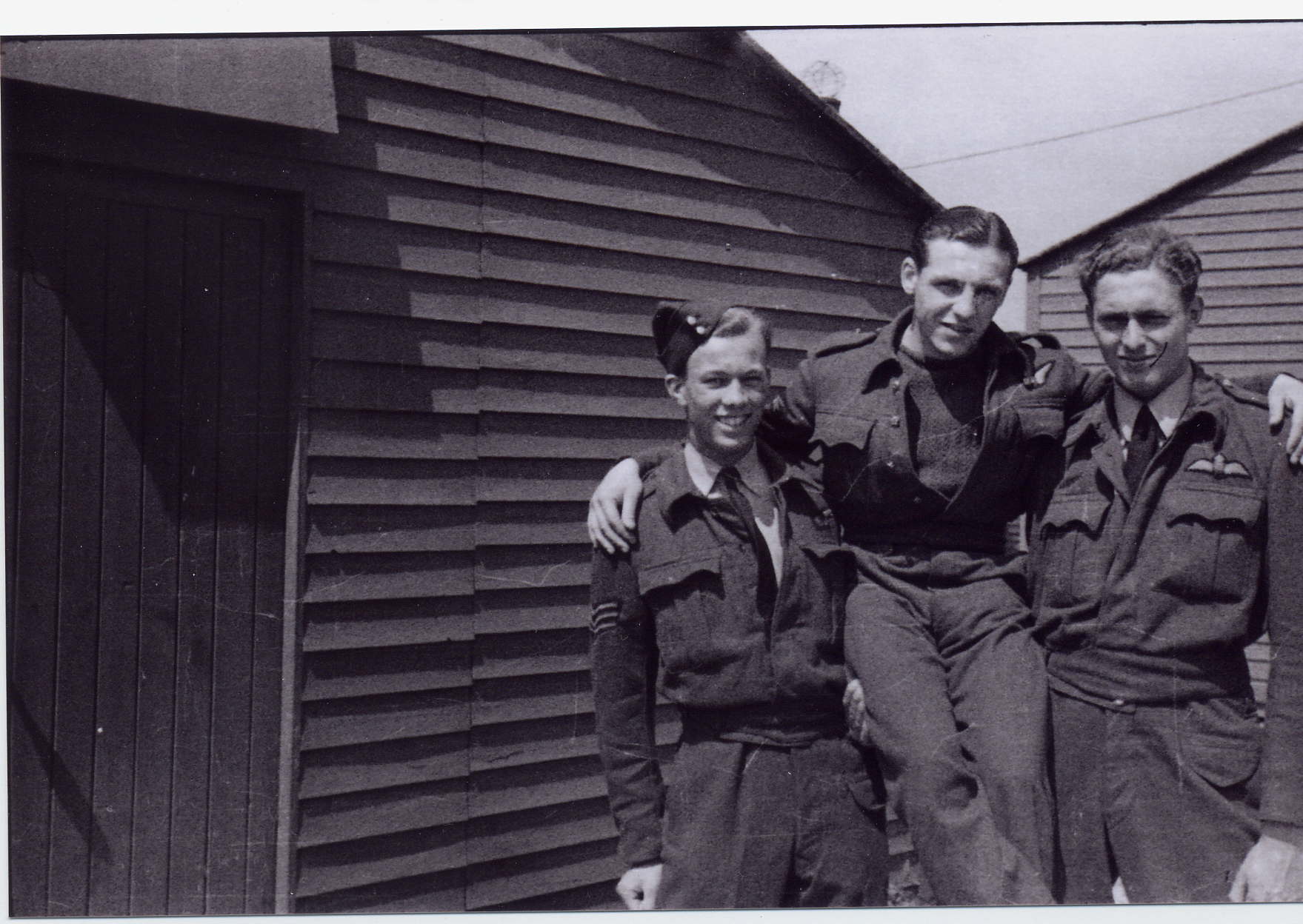
206 Squadron
John joined 206 Squadron in October 1942 and I have the record of his first Operational flight which was an Anti Submarine Patrol on the 1st October in a Flying Fortress. He was co-pilot as part of Eric Blands crew which consisted of:
- P.O. Eric Bland
- Sgt J.L Gullen
- Sgt J.W Scammell
- Sgt Brian Spencer
- Sgt Rex Lenton
- Sgt S.D Clements
- Sgt C.D Low

In April 1943 John was given his own crew, on the 27th April that crew consisted of:
- Sgt Hill
- W/O J Rutherford (John's story is in 'Memoirs' within 'Navigators')
- F/O T.E Dalton
- Sgt S.L Clemson (Stan flew with my Grandad Ken 28 times in Benbecula)
- Sgt W.H Harvey
- F/S W.S Blackwell (Bill's story is in 'Memoirs' within 'Wireless Operators: Part II)
- Sgt D.A Kempson
Here's a photograph 'Lofty' Gullen in front of a Flying Fortress which could be FL460 'H'. The second photograph is also of 'Lofty' in a Fortress cockpit and the third is of Bill (otherwise known as Len) Harvey and Stan Clemson at a Fortress radio station.
Lofty Gullen

Lofty Gullen Bill Harvey - Stan Clemson
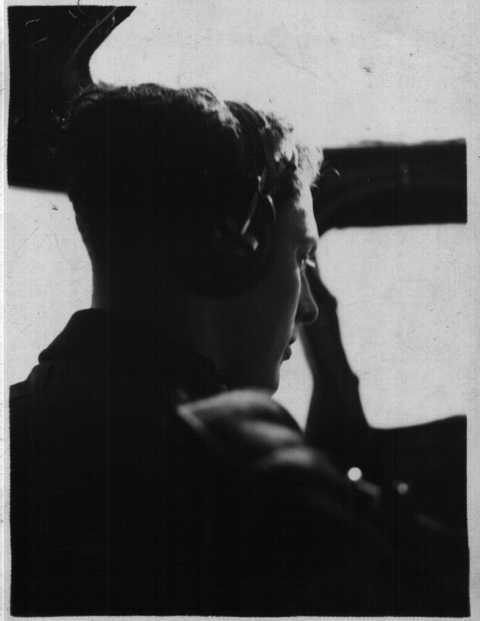
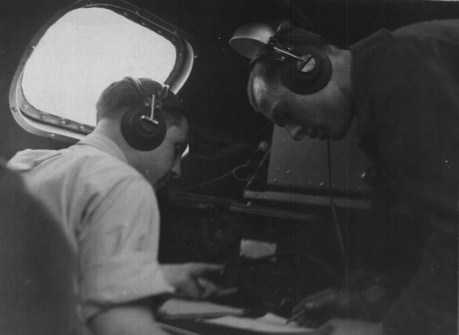
Flying Fortress Crew
Clemson - Kempton - Unkown - Ted Hill - Blackwell - John Gullen - Len Harvey
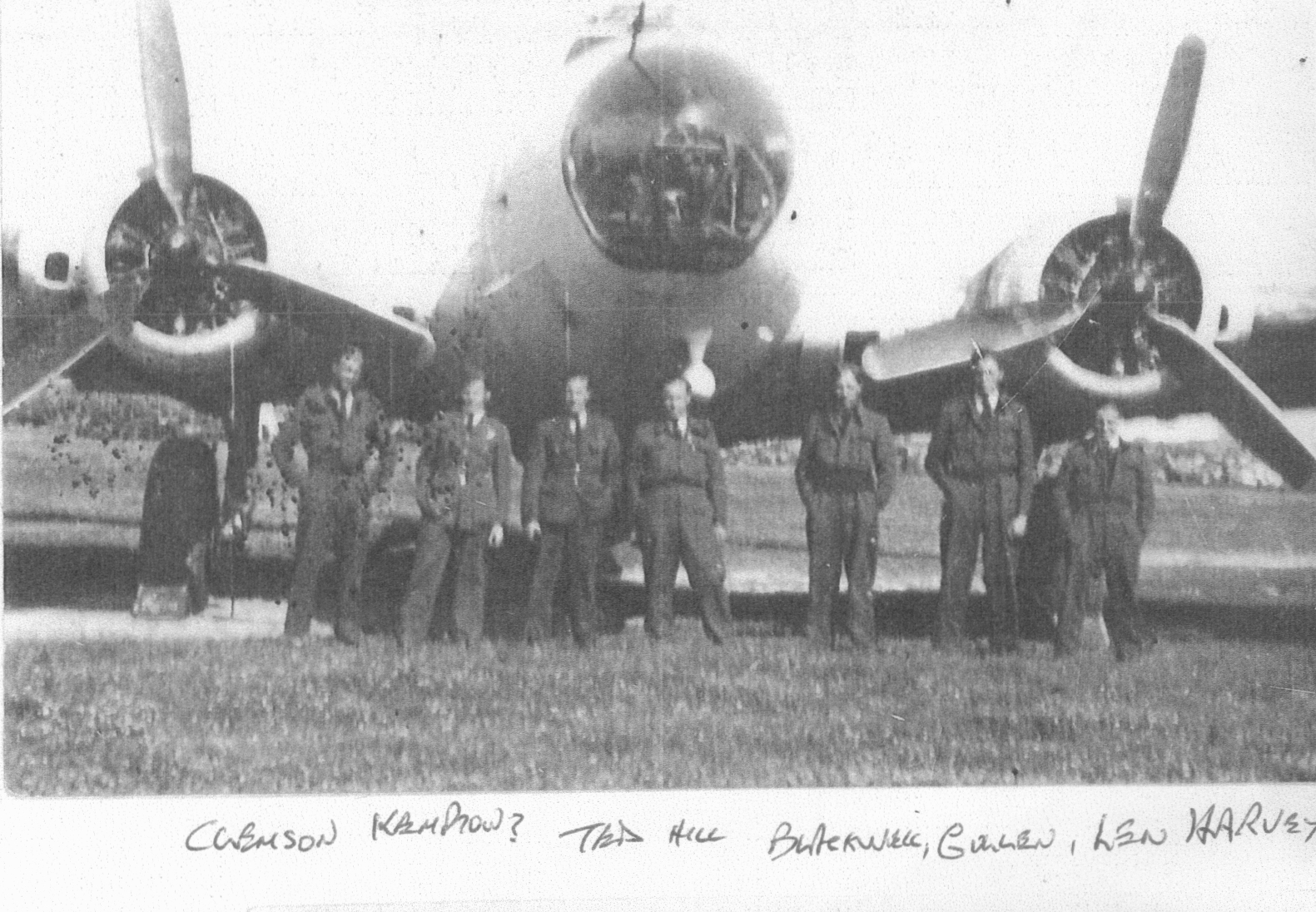
The following two photographs are also from John Rutherford's memoir taken in Benbecula.
Gullen - Rimmer

Rutherford - Gullen - Mrs Lee - Harvey - Clemson
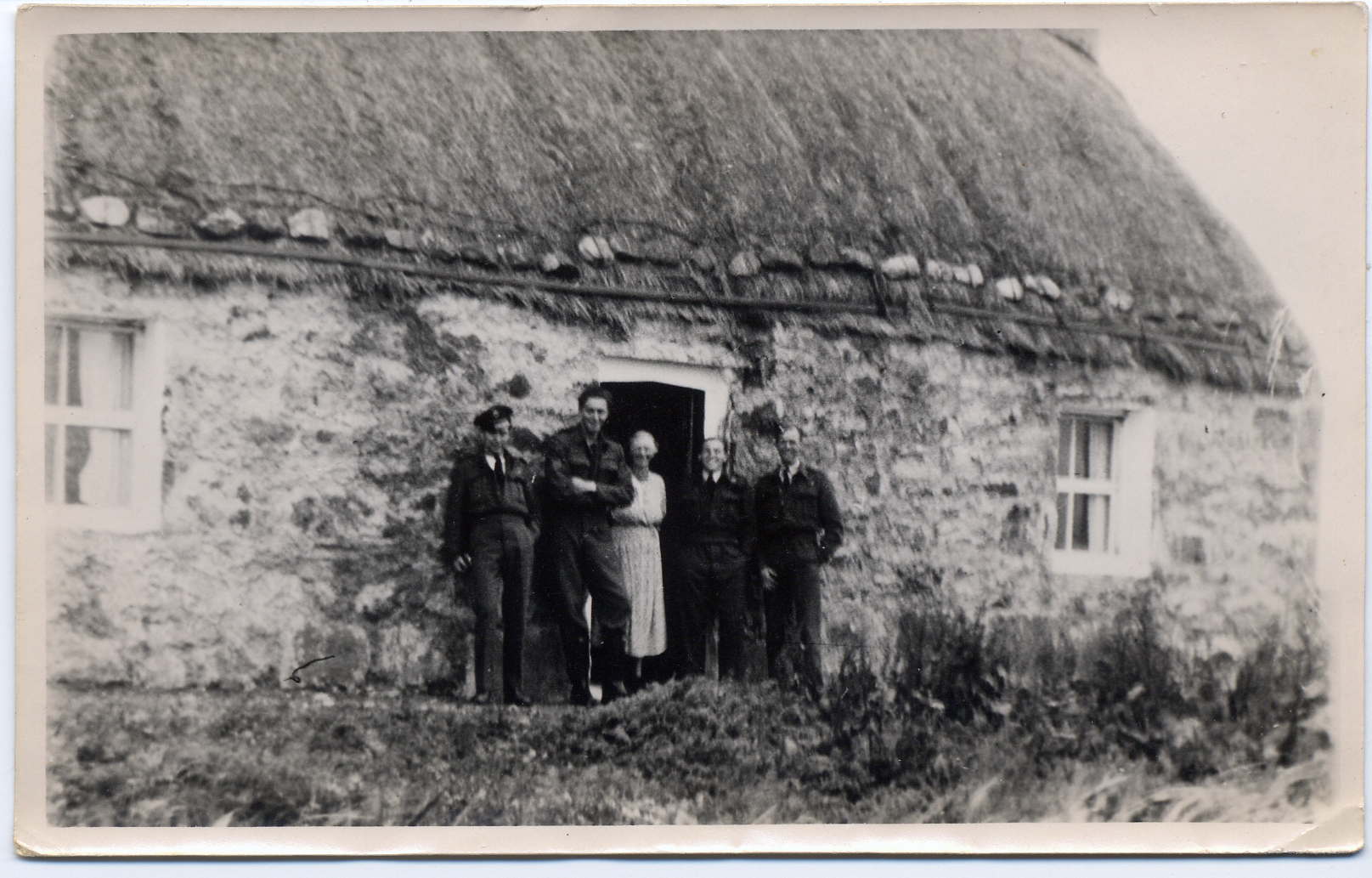
Coombes is first mentioned within John's crew on the 7th December 1943.
After leaving 206 Squadron John went to 46 Squadron Transport Command at Stoney Cross flying Stirlings to India and Egypt in June 1945.
Service Ranks
- Apr 1943 - Flight Sergeant
- Oct 1943 - Warrant Officer
- Jun 1945 - Pilot Officer (46 Squadron Transport Command flying Short Stirlings)
- Sep 1945 - Flying Officer
- Dec 1945 - Flight Lieutenant
Post War
John married Dulcie Fish in March 1946, they had 3 sons Robert, Roger and Richard. Dulcie passed away in 1974 and John later remarried.


Bill Blackwell is believed to have lived close to the Gullen family running a fish mongers whilst Bill Harvey also lived near them and they even went on holidays together.
John Gullen also kept in touch with Ted Hill after the war as Rogers brother remembers going to see him from time to time, Ted owned a Estate Agents in London - now Altus Edwin Hill. John also met up with Eric Bland in the 1960's through a business connection and Stan Clemson came over from Canada and visited John in 1965.
John Gullen and Stan Clemson in 1965
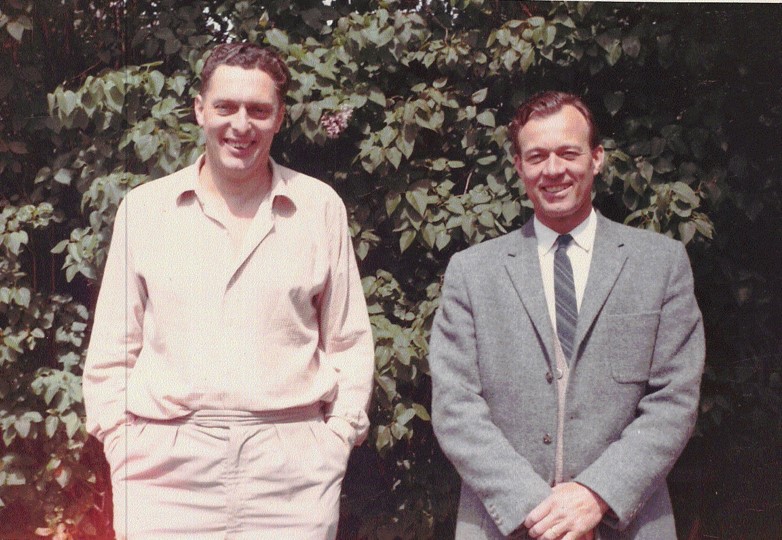
After the war John Gullen set up an engineering business. In 1970 he visited Creil in France with his family, it was where Flying Fortresses were based and there's a photograph of John with his youngest son Richard in front of one. These aircraft were owned by the Institut Geographique National and at least one of these was later used in the making of the film Memphis Belle.
John and Richard Gullen in 1970

John started to fly again in January 1958, obtaining his PPL in mid 1958 in an Auster at Southend, then flew hired Cherokees from Stapleford Tawney, then purchased a Percival Prentice G-AOKL in about 1968 keeping it until 1972. Some years ago the Prentice was bought by the Shuttleworth Collection from a subsequent owner in order to restore it and add it to their collection of RAF Trainers. The intention is to restore it to flying condition.
John and Robert (eldest son)
5th January 1958. Next to the Auster
Robert went up as passenger on John's first PPL course 'lesson'
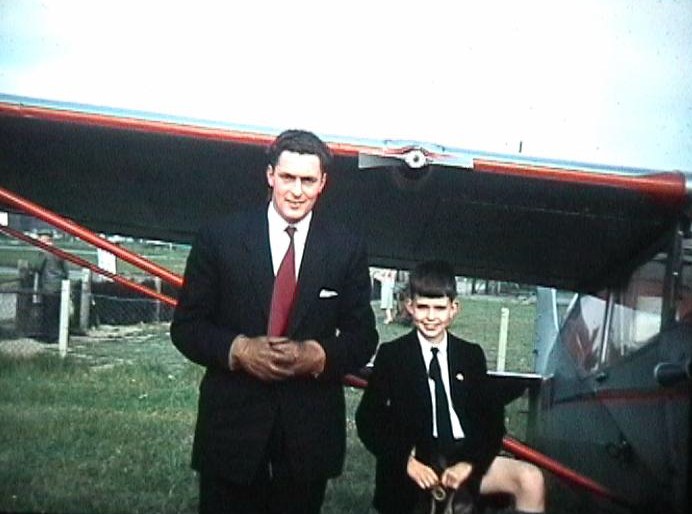
John Gullen with AOKL

Another interesting link, albeit a coincidence, was that John Gullens eldest son Robert married David Beaty's daughter Sue in 1975, they had 3 children but divorced in 1991. David Beaty was a Squadron Leader in 206 Squadron and is mentioned in Jim Glazebrooks story within this page. Robert was amused at David Beaty's funeral to be introduced to various ex-206 members present as "Lofty's boy".
